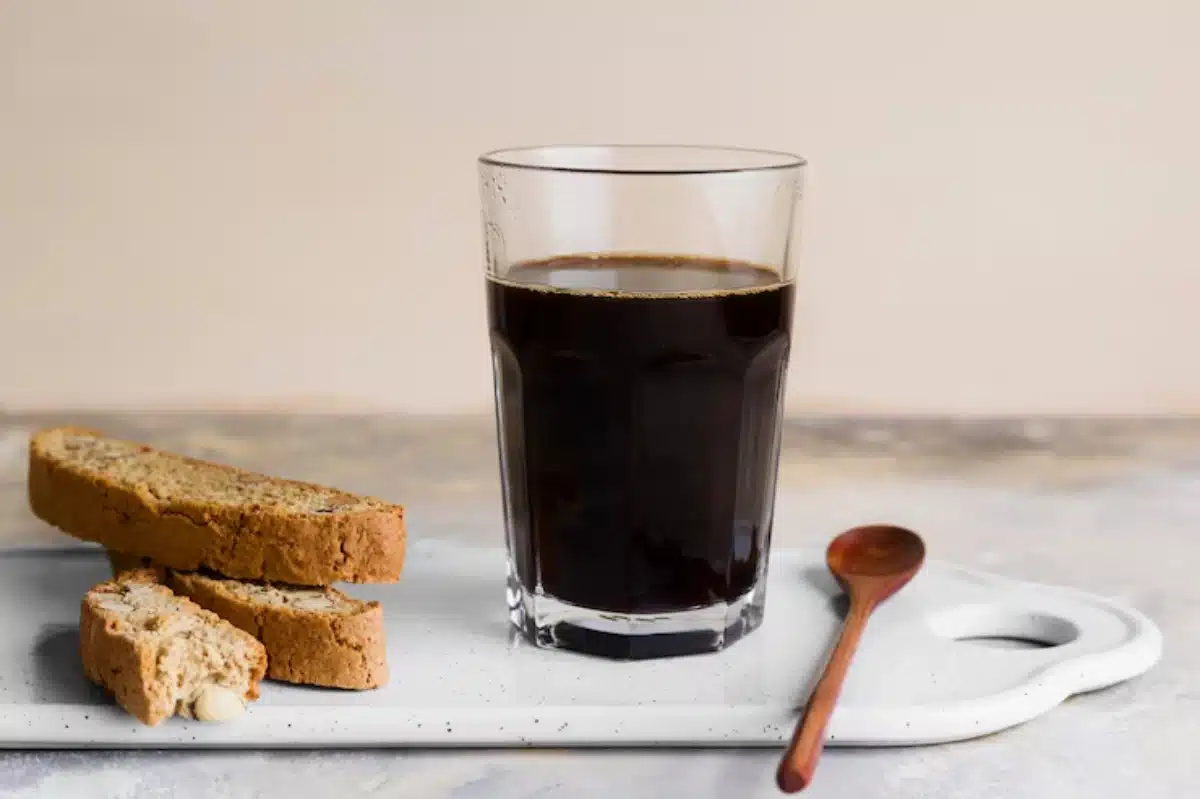
How to Maintain Intermittent Fasting During Holidays
The festive season brings joy, connection, and indulgent meals that seem to appear every other day. Between travel, parties, and lovingly prepared feasts, it’s easy to feel like all your healthy habits are going straight out the window. But here’s the good news: you can still enjoy the holidays without completely derailing your intermittent fasting routine.
This guide will show you how to make holiday fasting work for you—even with irregular schedules, family expectations, and countless dessert tables. By staying intentional and flexible, you can fully engage in the celebrations while still staying on track with your long-term goals.
Understanding the Challenge: Fasting in the Festive Season
Why It Feels Harder
Holidays often come with:
- Social pressure to eat at irregular times
- Tempting buffets, snacks, and rich meals
- Altered sleep patterns and time zones
All of this can confuse your internal rhythm and make fasting feel more challenging than usual.
Why Fasting Still Helps
Intermittent fasting during the festive season can actually provide more structure, not less.
When applied mindfully, it helps:
- Reduce over-snacking
- Improve digestion after heavy meals
- Maintain metabolic rhythm amid chaos
- Prevent that sluggish, post-holiday feeling
Quick Guide: Holiday Fasting Made Simple
- Plan Around Key Events: Build your fasting window to allow indulgence at the main meal
- Use Flexible Schedules: Shift between 12:12, 14:10, or 16:8 as needed
- Anchor Your First Meal: Try to keep one consistent eating time
- Hydrate Consistently: Prevent false hunger and support digestion
- Fast Lightly After Feasts: Give your body recovery time

Step-by-Step Guide: How to Practise Intermittent Fasting During Holidays
1. Map Out Your Social Calendar
Look ahead. Are there dinners, brunches, or travel days where your routine will be challenged?
Highlight these:
- Feast days (e.g. Christmas lunch)
- Travel days (e.g. flights or road trips)
- Late-night celebrations
This prep allows you to adapt your fasting plan instead of abandoning it.
2. Choose a Flexible Window
During the holidays, rigid 16:8 schedules can create more stress than benefit.
Instead:
- Use 12:12 (a 12-hour eating window) for maximum flexibility
- Switch to 14:10 if you want a balance between control and indulgence
You can return to stricter schedules post-holiday.
3. Anchor Your Meals
Keep one meal at a consistent time each day (e.g. always break your fast at noon or always have dinner around 7 PM). This cue supports digestive rhythm and helps you avoid mindless grazing.
4. Stay Mindful with Feast Timing
If your main celebration meal is at 3 PM, plan your eating window to open an hour before and close 3–4 hours after.
Example:
- Open your window at 2 PM
- Feast at 3 PM
- Light meal or dessert by 6 PM
This keeps your body in a semi-routine without missing the fun.
5. Use “Reset Days”
Not every day will be perfect. Use the day after a big feast to:

- Drink more water and herbal teas
- Extend your fast slightly (e.g. 18:6)
- Eat lighter foods (soups, greens, fermented foods)
These “resets” restore energy and reduce bloating.
Pro Tip: Prioritise protein and fibre at your first meal. This will keep you fuller longer and reduce cravings.
Important: Don’t fast to “earn” or “punish” yourself for festive food. This backfires mentally and metabolically.
Warning: Long fasting periods after binge eating may lead to energy crashes. Fast moderately, and listen to your body.
Best Practices & Additional Insights
Use the 80/20 Mindset
Stay consistent 80% of the time. Be flexible for the remaining 20%.
This gives you room for:
- Late-night parties
- Auntie’s irresistible pie
- Holiday breakfasts with visiting family
One or two relaxed meals won’t undo weeks of good habits.
Practice Mindful Eating
When you do eat, focus fully on the experience:
- Put your fork down between bites
- Notice flavour, texture, and fullness
- Avoid screens while eating
This slows down consumption and prevents overeating.
Real-Life Analogy: Like Driving in Holiday Traffic
Think of fasting during holidays like driving in seasonal traffic. You might hit a few detours, but you still head in the right direction. Fasting doesn’t require perfection—just direction and patience.
If you’ve struggled with post-holiday guilt before, consider using fasting progress tracking as a way to refocus gently.
Carry Fasting-Friendly Snacks
For travel or long days out, pack items that support fasting or break it gently:
- Hard-boiled eggs
- Mixed nuts (unsalted)
- Apple slices with nut butter
- Herbal teas
This reduces reliance on fast food or sugary snacks.
FAQs

Can I fast while travelling during the holidays?
Yes. Anchor your eating window around time zone shifts or travel meals. Stay hydrated and fast if meals are unpredictable.
What if I skip fasting for a few days?
No problem. Fasting is a long-term rhythm. Enjoy your time, then reset gently with shorter windows.
Is it okay to eat late at night during parties?
Occasionally, yes. Adjust your next day’s fast accordingly to maintain balance.
How do I get back on track after the holidays?
Return to your regular window (e.g. 16:8), start with light meals, and use journaling to reset your routine.
Should I extend my fasting window after overeating?
Maybe—but only if your body feels ready. Focus more on clean meals and hydration than on overcorrecting.
Stay Nourished, Flexible, and Festive
Intermittent fasting doesn’t have to stop when the holidays start. In fact, flexible holiday fasting helps you stay grounded, feel lighter, and reduce that all-too-familiar post-feast fatigue.
The key is adapting your rhythm, not abandoning it. Enjoy the festive season, respect your hunger cues, and return to your normal schedule with grace.
For more support in building sustainable habits, explore our beginner-friendly intermittent fasting guide.
You’ve worked hard to build healthy habits—now take them with you into the most joyful time of the year.


